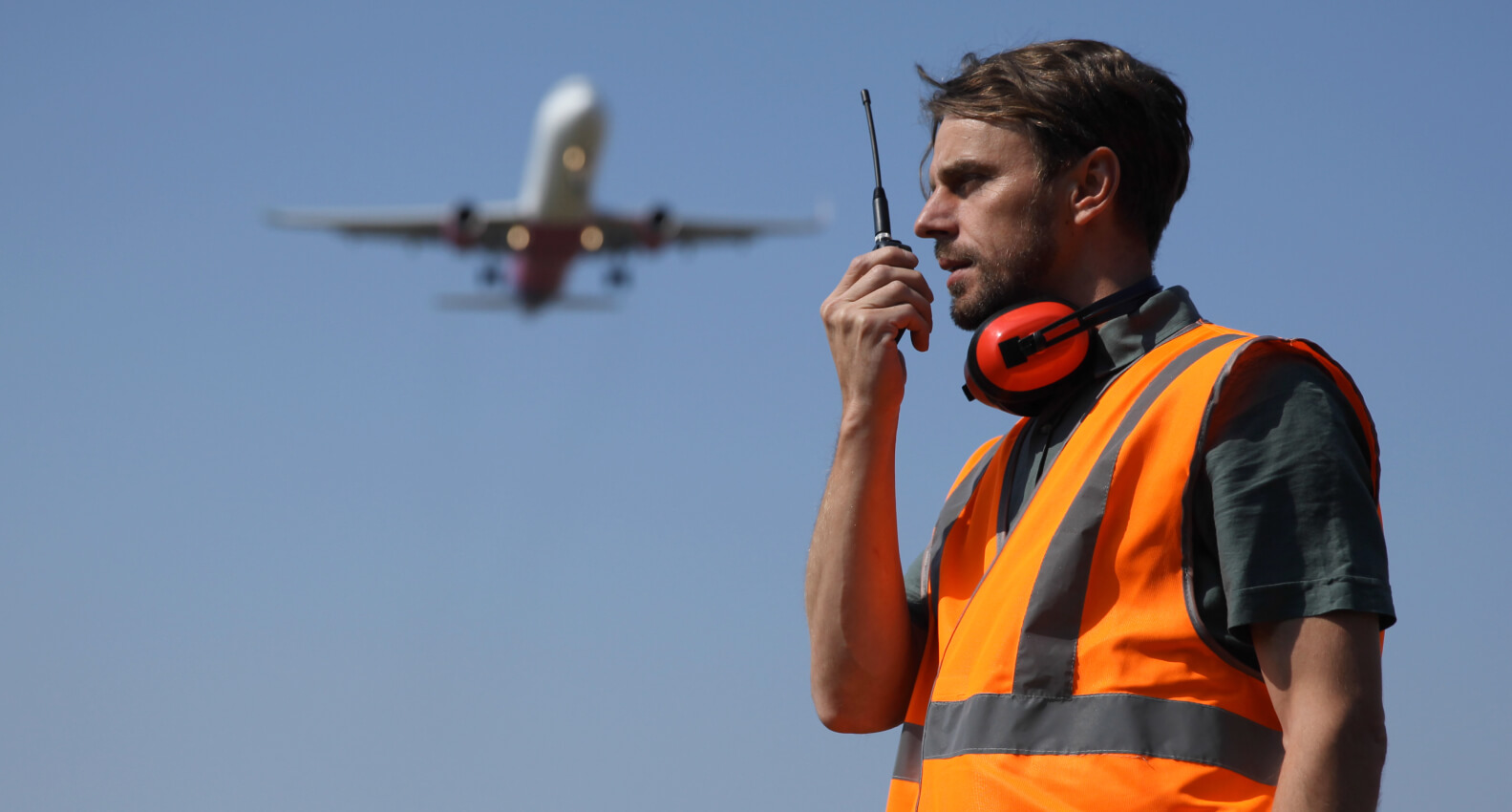Airport's quality system
The Airport staff is committed to satisfying customers and stakeholders.
Taking care of customers and stakeholders parties is:
- Provide a welcoming and make available the resources and services they expect (car parking, ticket sales, and boarding of passengers and their baggage on a flight, disembarking passengers and their baggage, lost luggage service);
- Coordinate the affected aircraft (parking, refueling, de-icing, cleaning, catering, cargo plan, flight plan);
- Develop the air, and state-owned commercial supply of the platform.
The quality of the service provided is controlled by:
- Indicators and objectives such as on time flights and their regularity ;
- The monitoring systems of customers and stakeholders such as satisfaction surveys ;
- Dealing with operating system errors : implementation of corrective actions ;
- Internal audits.
The analysis of all these data allow to track the performance of the airport and to purpose actions for improvement on both the organization and our services.
Security for the comfort of passengers and airlines
Limoges Airport has an european airport safety certificate issued by the Directorate General of Civil Aviation (DGCA) .
Limoges Airport has met the requirements pursuant to the regulations of the European Aviation Safety Agency (EASA) regarding the certification of aerodromes and applicable technical standards, in order to ensure safely the development, the operation and the use of goods and airport services necessary for the traffic of aircrafts it has to manage.
This aims at maintaining within the airport, via our Safety Management System (SMS), a true safety culture that:
- develops a proactive approach of the management and of evaluation of accidents risk and of airport incidents
- fosters safe practices and encourages safety-related communications at any skill levels;
- defines safety improvement targets to reach
- analyses any accident or incident in order to carry out accident reduction actions
- in charge of the training of the agents and the preservation of their skills
- implements and writes "impact on safety assessments" before significant changes on the platform as for example major development works
- in charge of checking the airlinr's regulatory compliance
- involves all stakeholders for the safety of all
The safety management system works as a whole, structured and organised , with means, procedures and processes meant to continuously improve safety.


